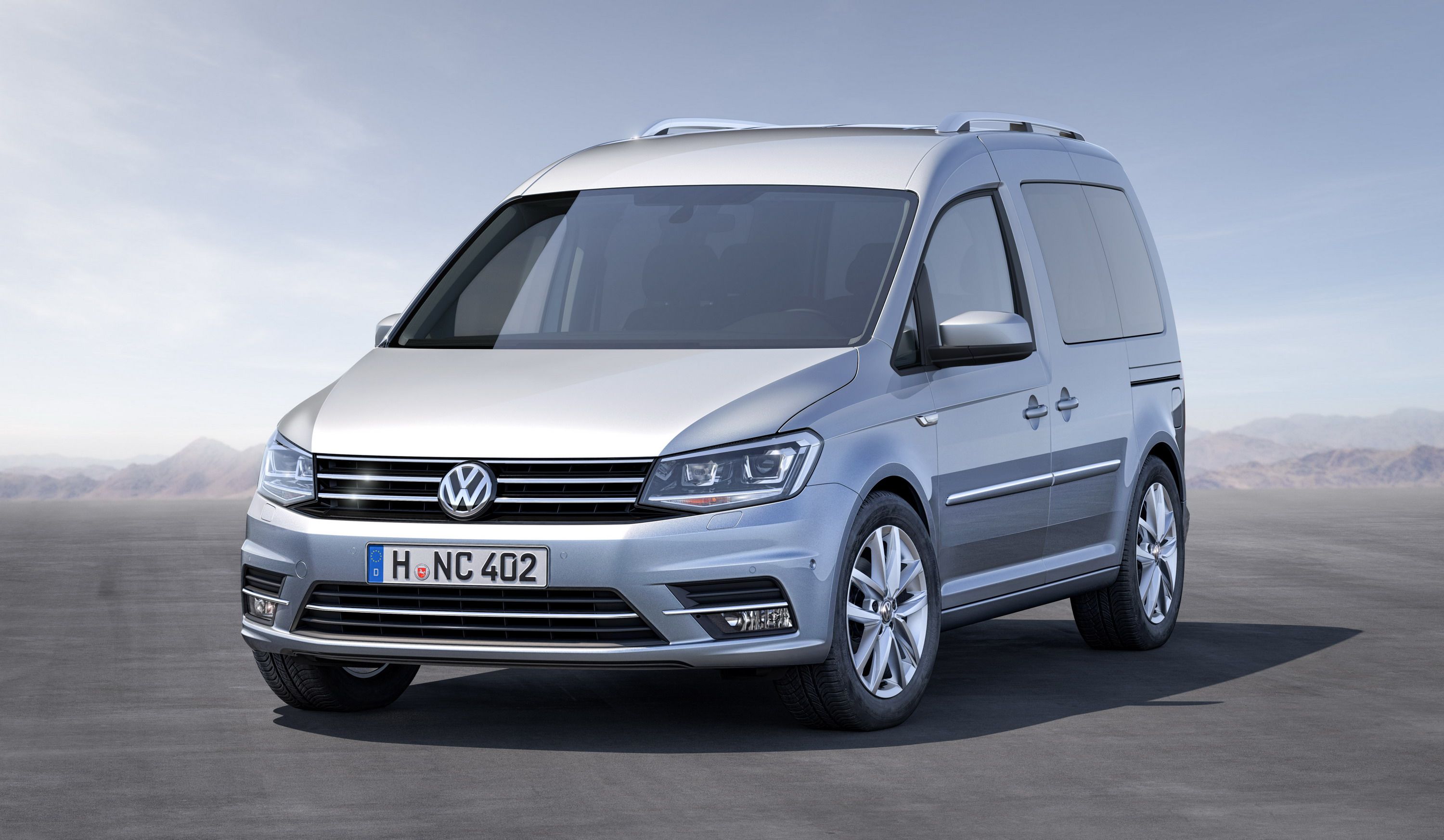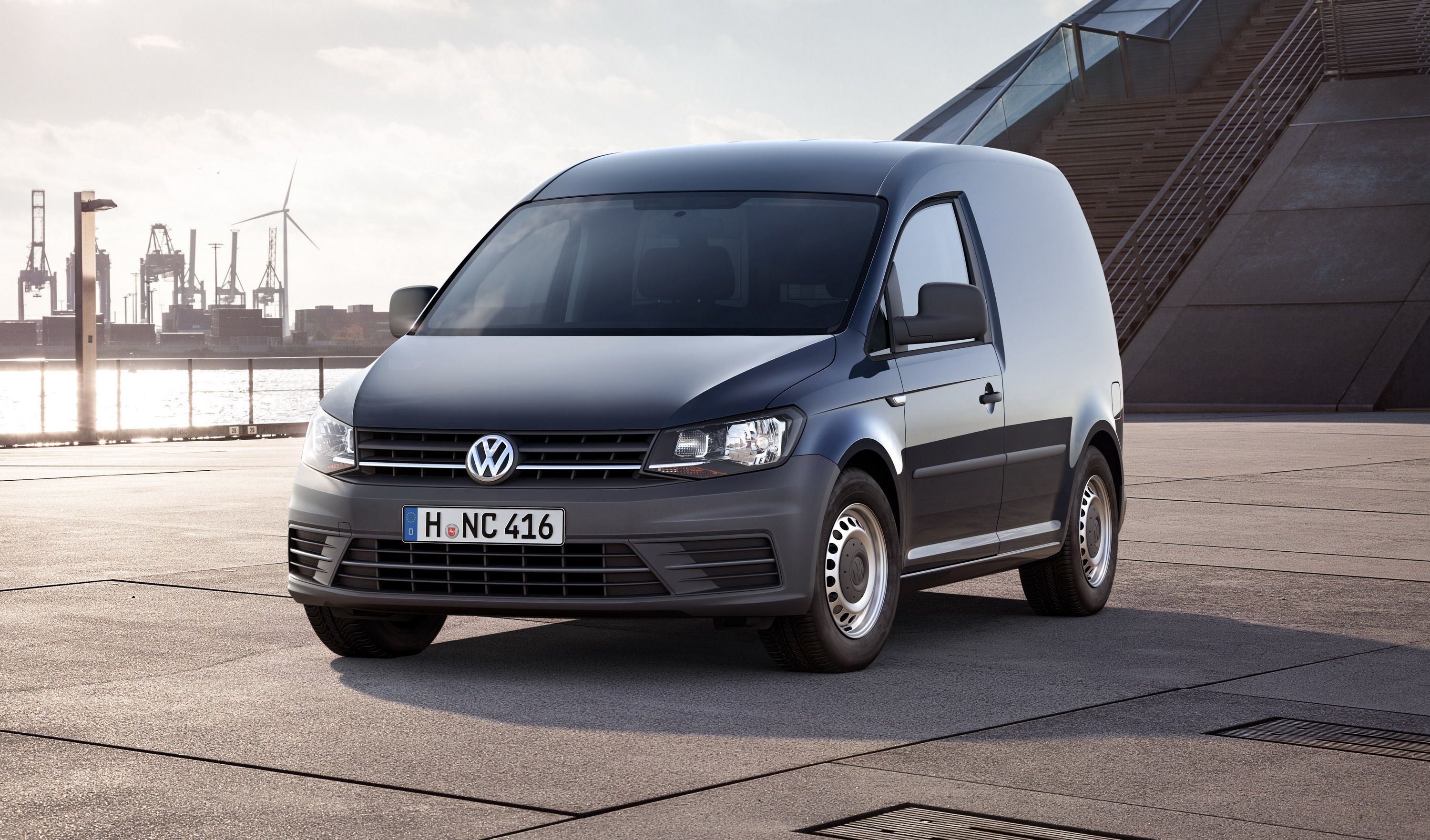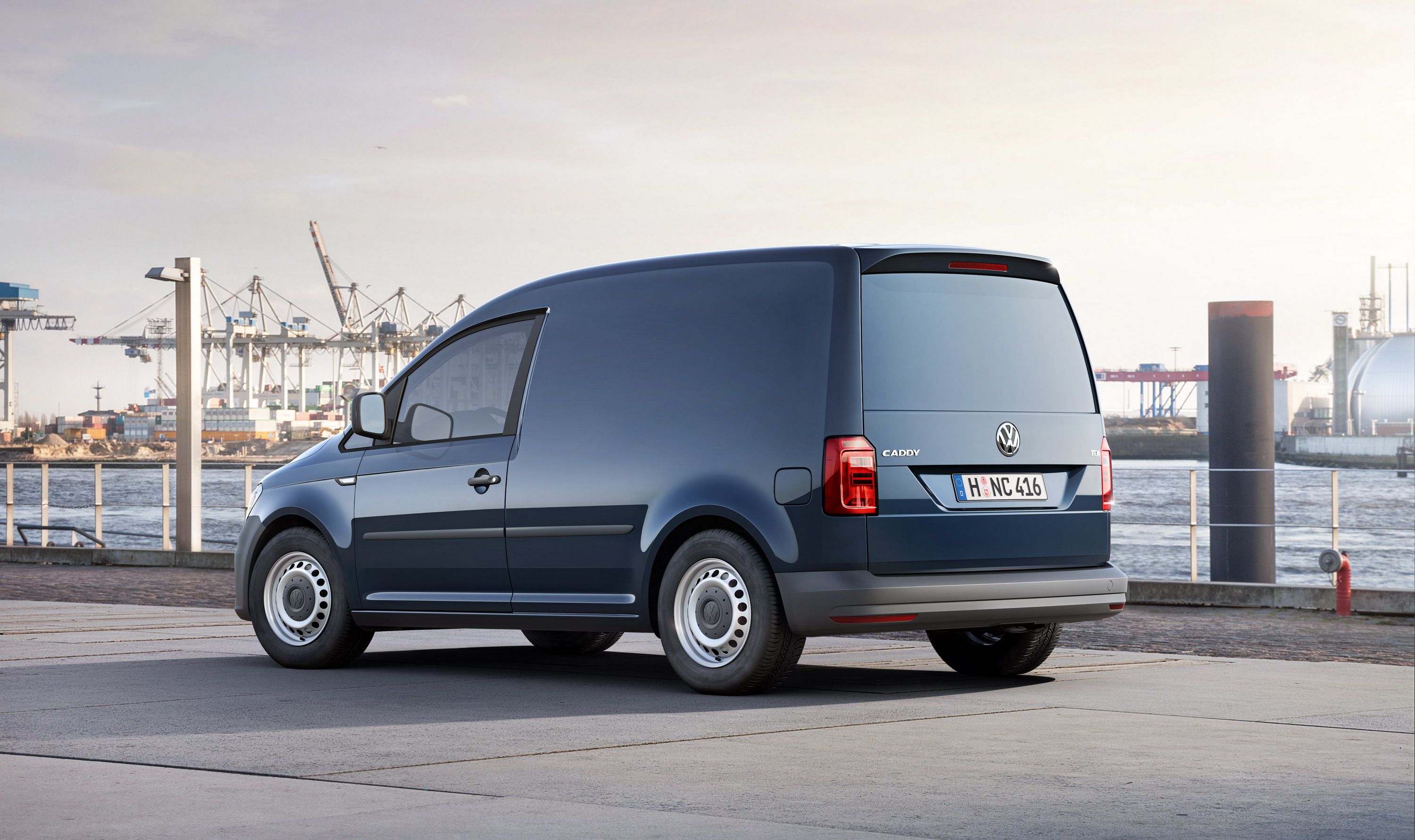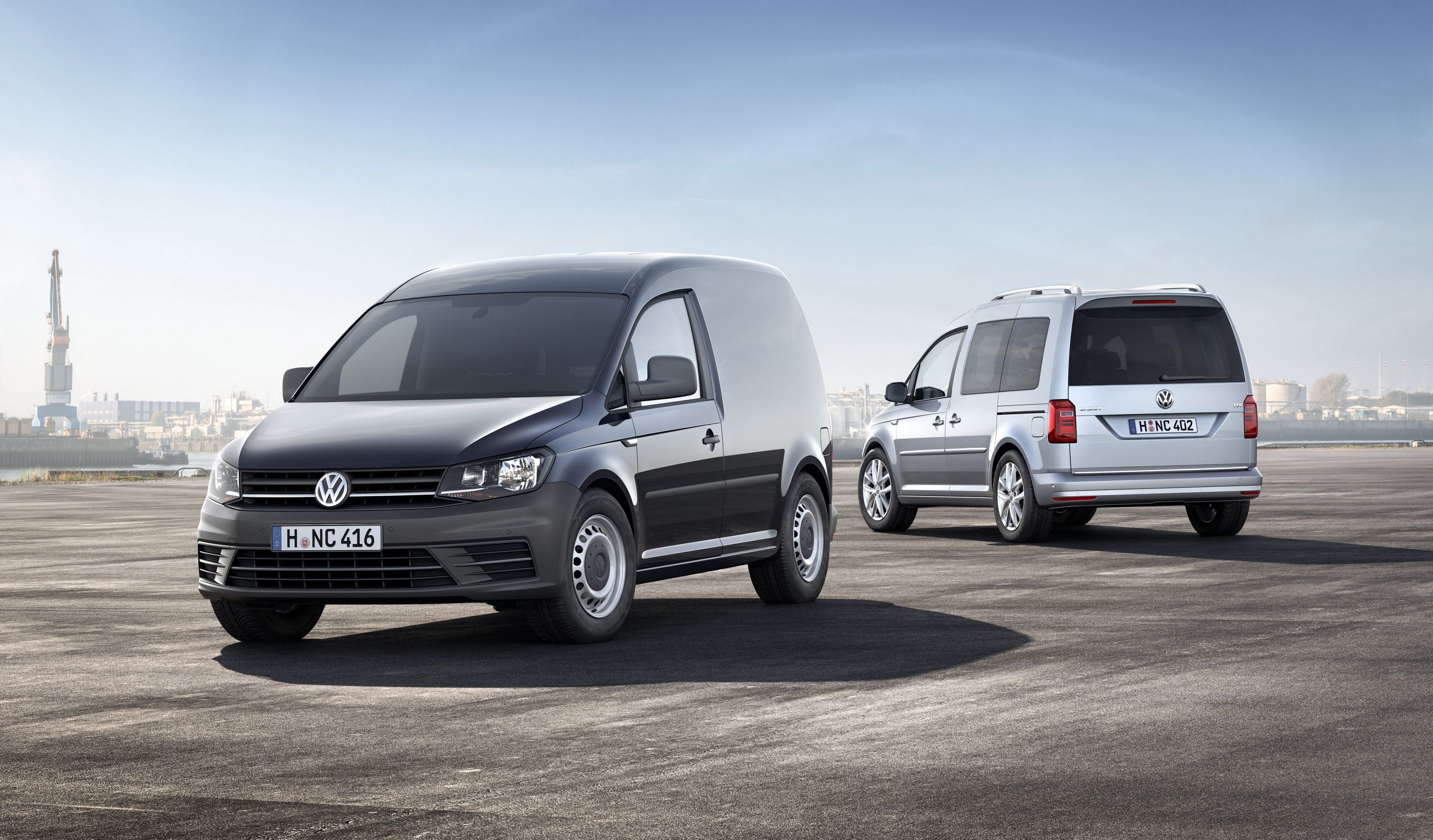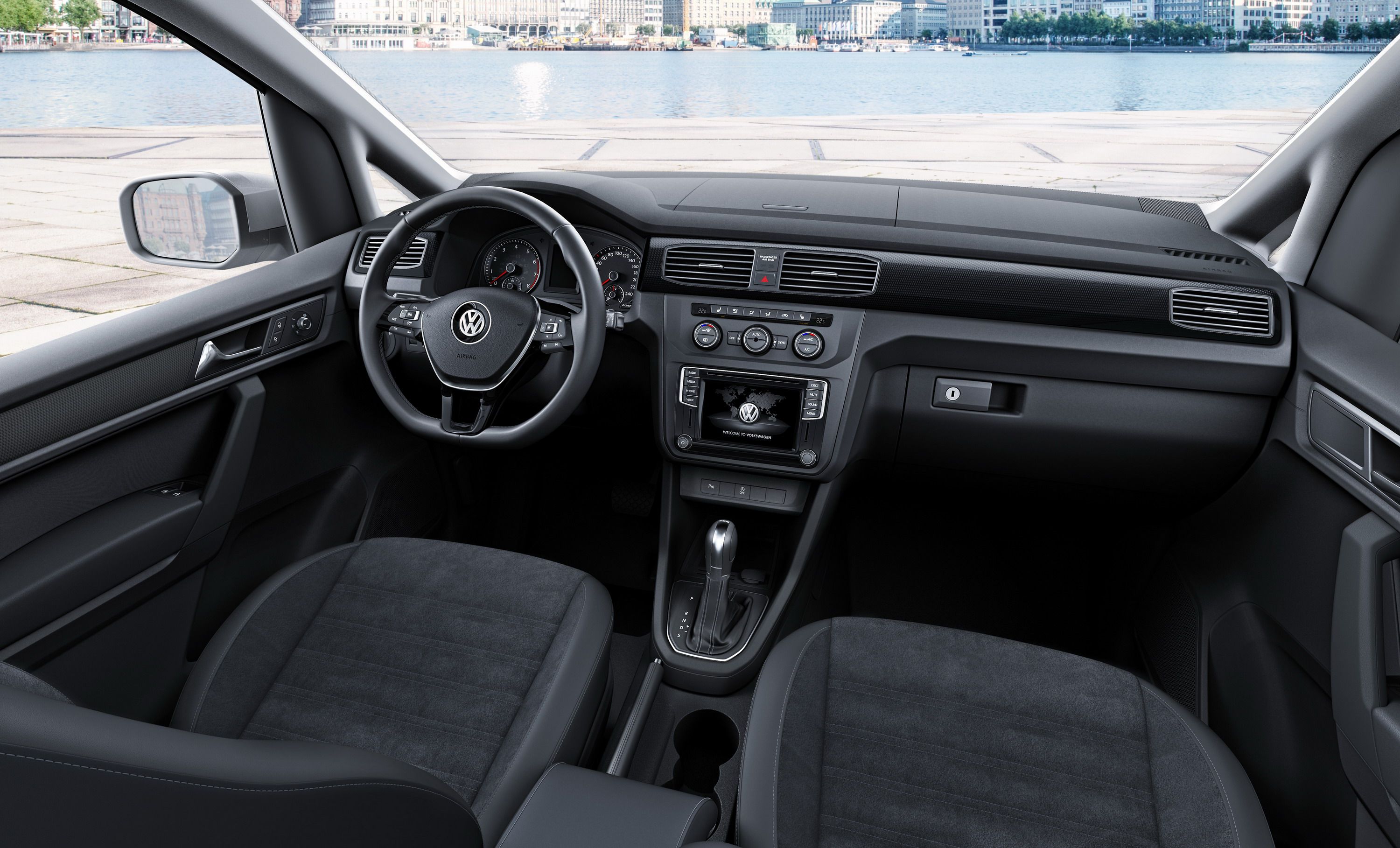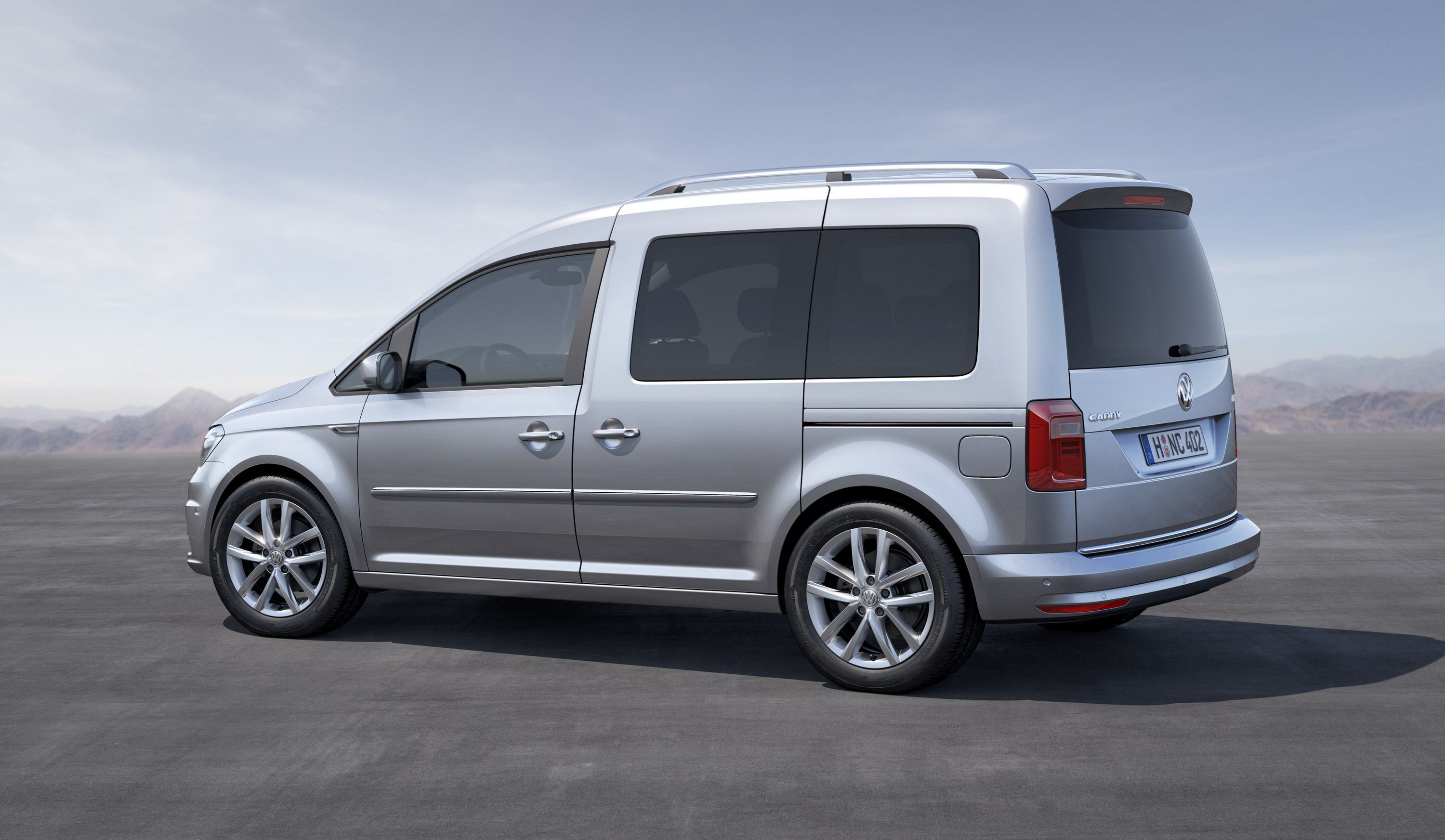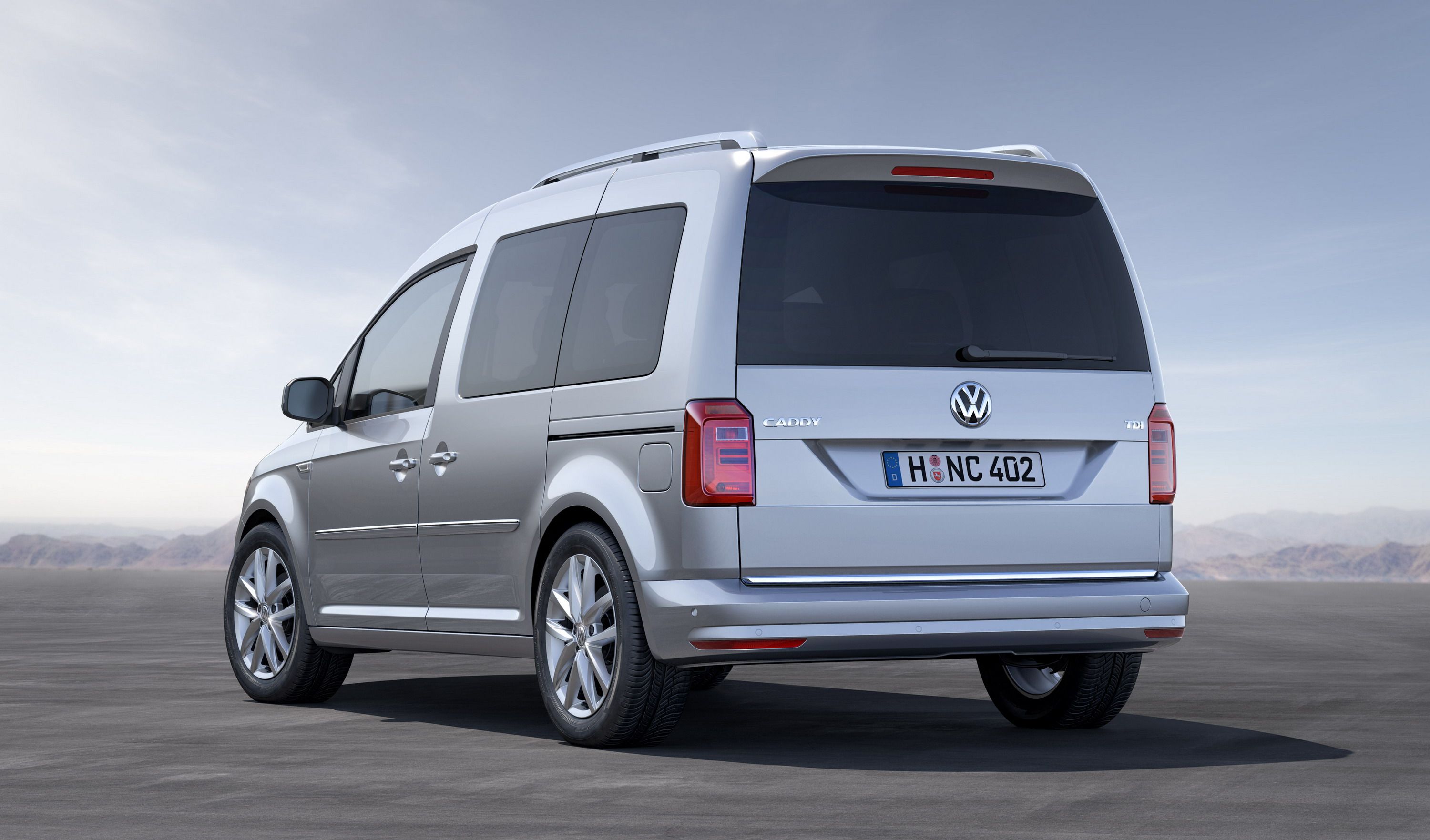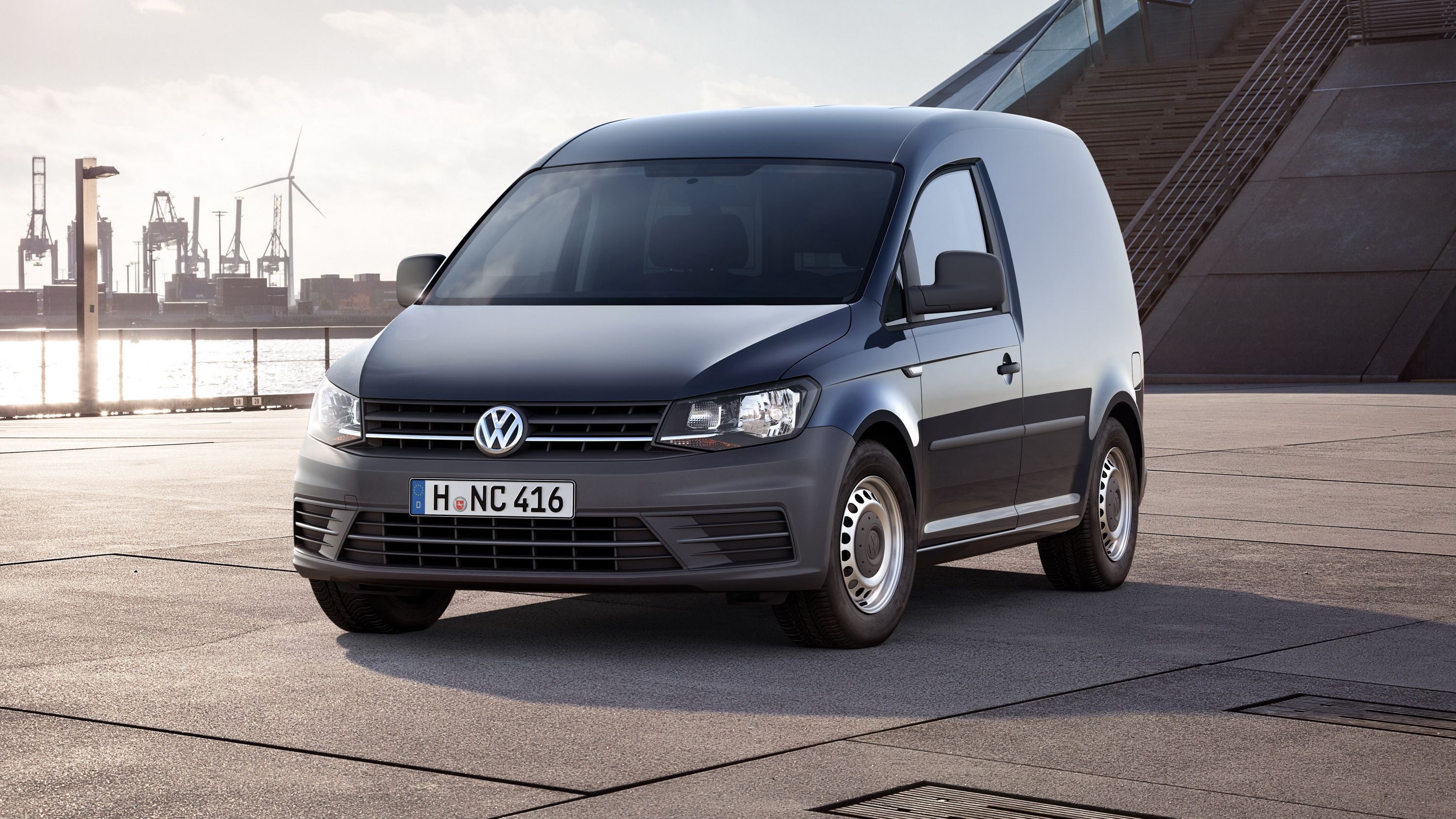Volkswagen->ke94 has just announced its fourth generation Caddy->ke2780 commercial and passenger van. Going on sale in March and hitting German dealerships in June, the updated van gets a host of design, safety, and mechanical upgrades for the 2016 model year.
Outwardly, the new look is apparent, picking up Volkswagen’s corporate design language. The twin-bar grille and classy headlights set stage for what is perhaps the best looking compact van on the global market. Inside, things have been upgraded as well. Taking after other VW products, the Caddy’s interior is simple yet elegant, getting small dashes of chrome to accent the otherwise black cabin.
Volkswagen is offering an impressive range of diesel and gasoline engine with horsepower numbers ranging from 74 up to 148. Both a manual and VW’s DSG transmissions are available.
Sadly, Volkswagen won’t likely be bringing the new 2016 Caddy to the U.S., though the compact van->ke1149 market is rather hot these days. With its graceful new looks and powerful yet efficient engines, the Caddy would likely give its competition a tough fight if it crossed the pond.
Click past the jump to read more about the 2015 Volkswagen Caddy.
volkswagen-caddy
- Make: Array
- Model: volkswagen-caddy
2016 Volkswagen Caddy
- Make: Array
- Model: 2016 Volkswagen Caddy
- Engine/Motor: inline-4
- Horsepower: 74
- Transmission: Six-speed DSG
Exterior
The Volkswagen Caddy moves into its fourth generation for 2016 with a new outward appearance. The look is heavily inspired by VW’s current corporate design language, which utilized a thin front grille with twin chrome bars running horizontally towards the headlights. A larger lower grille gets a single horizontal bar with optional fog lights.
Around the side, the Caddy offers several window options including a full window-delete. Conversely, the passenger version offers windows on the side sliding doors, at the quarter panels, and on the rear gate. Several wheel options are also available, including the standard steelies up to the optional 10-spoke alloys.
Interior
Things inside the Caddy are quite surprising. The level of luxury is jaw dropping, especially when compared to the compact van offerings found in the U.S. like the Nissan NV200. Like the outside, the interior borrows heavily from the current VW design theme. A three-spoke steering wheels gets redundant controls and leather coverings in upper trim levels, while the dash houses an infotainment screen. A leather shift boot dresses up the center console and the seats are moderately bolstered and stitched with VW’s suede-like cloth.
The new Caddy also offers a ton of active and passive safety features, including Adaptive Cruise Control, rearview camera, Park Assist, heated windshield, Light Assist, Driver Alert, and VW’s Multi-collision Brake System. The latter automatically applies the brakes after a collision in order to prevent the vehicle from continuing forward and hitting more objects should the driver become incapacitated.
Cargo versions of the Caddy offer plenty of room behind the front two seats while the passenger version holds room for five. At this point, VW has not mentioned offering the extended wheelbase version Caddy, the Maxi Life.
Drivetrain
Volkswagen has no shortage of optional engines under the Caddy’s hood. Basically it boils down to an EU5 and EU6-rated set of 2.0-liter turbodiesel four-cylinders with three performance ranges each, along with three gasoline engines– totaling nine options.
The EU5 diesel engines offer 74-, 100-, and 138-horsepower options, each with varying degrees of efficiency. Similarly, the EU6-compliant engine offers a similar 74- and 100-horsepower option, along with a more powerful 148-horsepower option.
On the gasoline side, VW offers a 1.2-liter four-cylinder TSI with 82 horsepower, the 1.0-liter three-cylinder TSI with 100 horsepower, and the 1.4-liter TSI four-cylinder with 123 horsepower.
All nine engine configurations are available with both a conventional manual transmission or VW’s popular DSG.
Prices
Volkswagen has not announced pricing at this time, but expect it to remain close to the current Caddy’s starting price of €14,780, or roughly $16,963 at current exchange rates.
Competition
Nissan NV200
The Nissan NV200 is a similar-sized van as the Caddy and is also powered by a four-cylinder. The NV200, however, only comes with one engine option here in the U.S.: the 2.0-liter gasoline engine making 131 horsepower and 139 pound-feet of torque. It’s mated to Nissan’s Xtronic CVT.
The NV200 is a truly global van, with units sold all over the world, including the states. Starting prices begin at $20,720 and rise with added options.
Ford Transit Connect
Like the NV200, the Transit Connect is a truly global van. Unlike the Nissan, the Transit Connect is a halfway decent-looking van, much like the VW Caddy. Both the Ford and VW bring higher levels of refinement and passenger comfort than other vans in the market.
The Ford comes with a couple powertrain options. The base engine is the 2.5-liter four-cylinder making 169 horsepower and 171 pound-feet of torque. The optional mill is the 1.6-liter EcoBoost four-cylinder with 178 horses and 184 pound-feet of toqure. Both engines are more powerful than Nissan’s offering.
Prices for the Ford Transit Connect start a bit higher, however, at $22,330.
Conclusion
Volkswagen appears to have a rather respectable compact van on its hands, and by the looks of things, the U.S. is missing out. A slew of engine options – though some are on the puny side – and two transmission choices mean customers get the right powertrain setup for their application. Offered both in cargo and passenger configurations, the Caddy brings a lot to the table.
With the ordering books opening in March and vans arriving at dealers by June, the all-new, fourth generation, Volkswagen Caddy makes its appearance for 2016 sporting a starting price right at $17,000.

